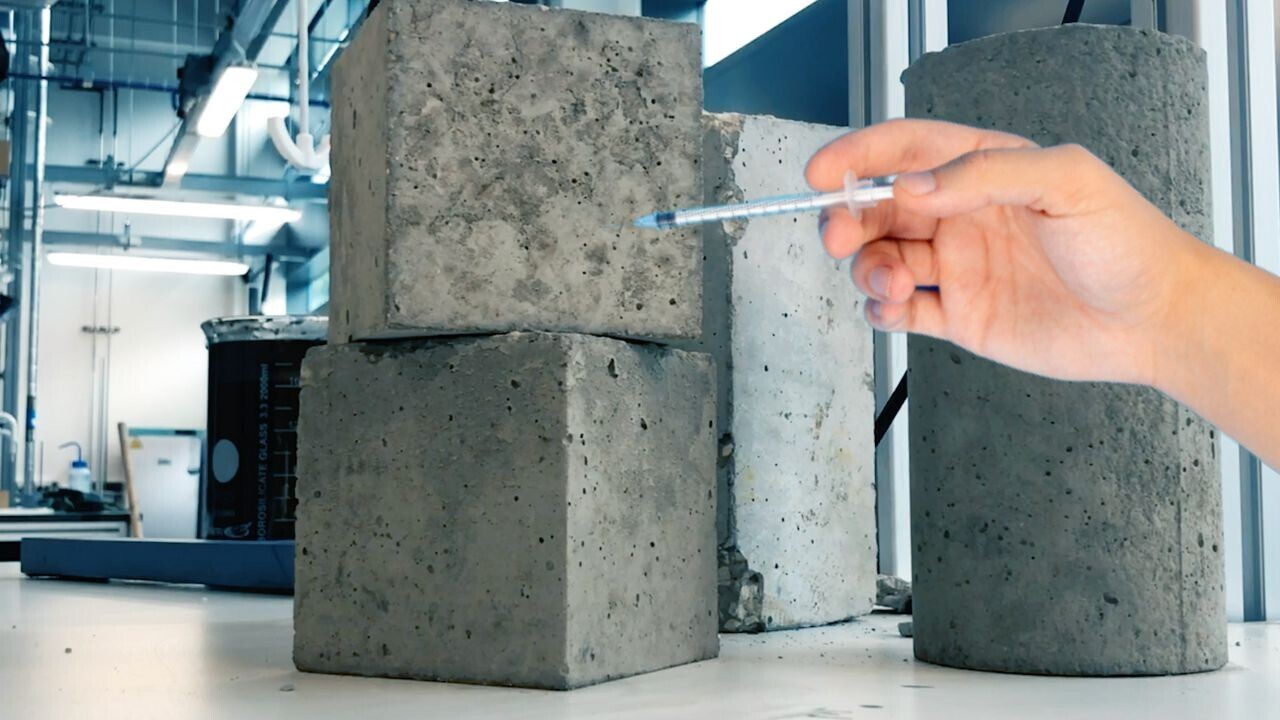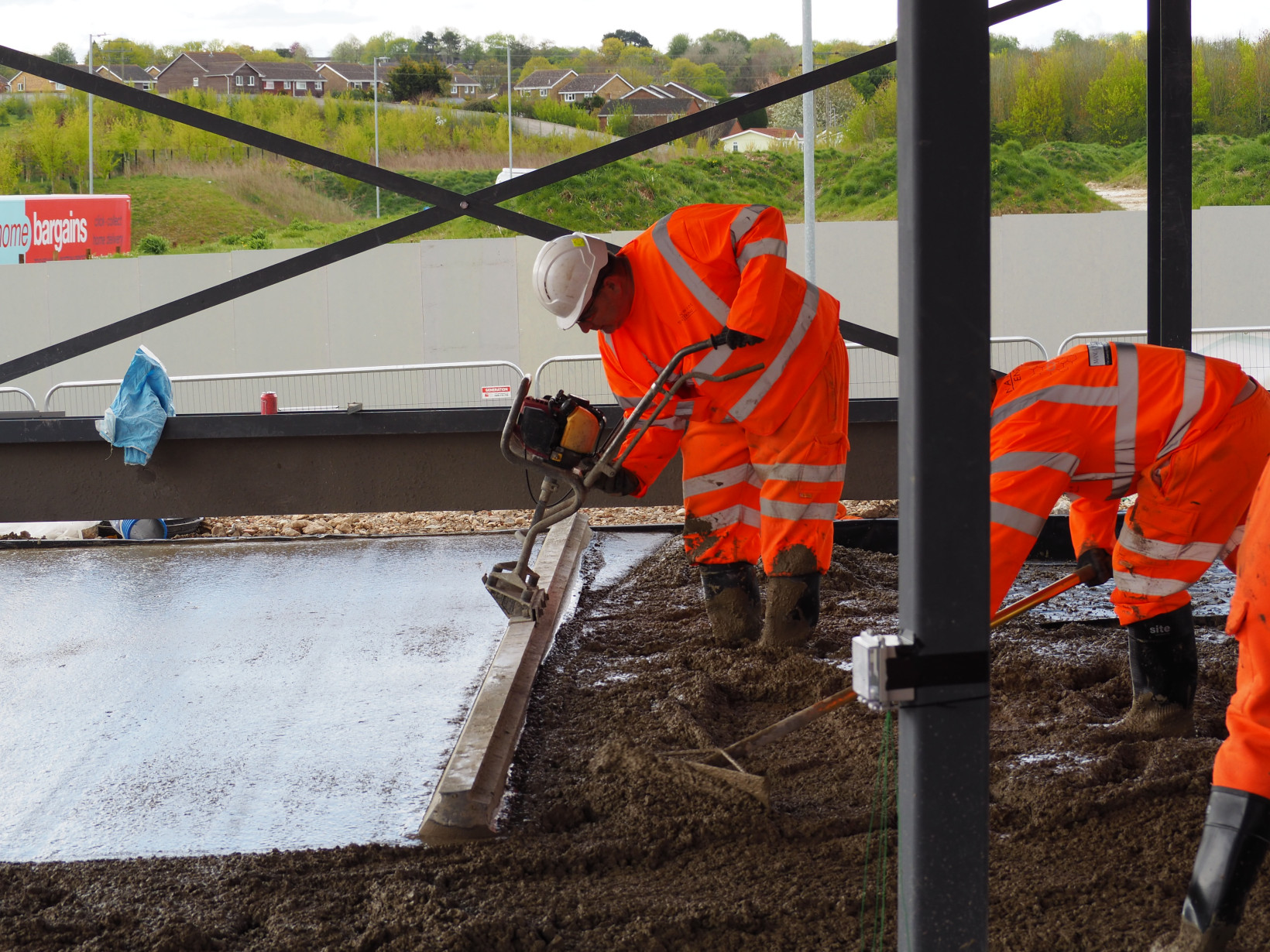
Concrete has been described as the most destructive material on Earth. After water, it’s the most used substance in the world, with twice the usage of steel, wood, plastics, and aluminium combined.
To manufacture all this concrete, more than 4 billion tonnes of cement are produced every year. According to the Chatham House think tank, that creates around 8% of all CO2 emissions — more than what’s caused by all the trucks across the globe.
Cement makers urgently need to reduce this footprint. To meet the requirements of the Paris Agreement on climate change, the industry needs to cut emissions by at least 16% by 2030. At the same time, the sector faces growing demand from rapid urbanization and population growth.
It’s foreboding problem. But engineers believe that graphene offers a solution.
“Just 0.01% of the material is required.
First isolated at the University of Manchester in 2004, Graphene’s 2D nature provides a unique combination of strength, flexibility, lightness, and conductivity. These properties caught the eye of Nationwide Engineering, a British construction business.
The firm’s memorably-acronymed R&D subsidiary, NERD (Nationwide Engineering Research and Development), was tasked with turning the “wonder material” into a new additive: Concretene.

Concretene consists of graphene that’s produced at Manchester University. Small quantities of the liquid formulation are added during the concrete mixing process.
The graphene provides both mechanical support and an active surface for the chemical reactions that occur during the cement hydration and hardening.
“Very low dosages of the material, in some cases less than 0.01%, are required to deliver substantial performance gains,” Alex McDermott, the co-founder of Concretene, tells TNW.
“This means that Concretene is commercially viable with wholesale costs to be in-line with existing additives already used in the concrete industry.”
According to McDermott, Concretene used in real construction projects was up to 30-50% stronger than standard concrete. Subsequent lab tests have shown strength gains that surpass 100%. As a result, the volume of cement required can significantly reduce without impairing performance.
Costs, shrinking, and cracking can also be trimmed, while increases in density cut concrete’s porosity.
“These factors will enable engineers to reduce the volume of concrete required in designs going forward, further reducing the CO₂ impact,” says McDermott.
Ultimately, he believes Concretene could be used in more than 99% of concretes worldwide.

Initial tests of Concretene have produced promising results.
In 2021, NERD laid the world’s first graphene concrete slab across the floor of a new gym in England. Further trials followed at a roller disco and a residential development.
In total, more than 1,000 tonnes of Concretene have now been poured in real-world projects. The next target is pushing the product into the mainstream.
View this post on Instagram
Graphene has been challenging to produce at speed and scale, but recent breakthroughs have made mass-production a more realistic prospect.
These developments have restored faith from investors. In December, Concretene raised £8m from a VC funding round led by LocalGlobe. The cash will be used to accelerate the commercialization plans.
Concretene will now turn to collaborations with Heathrow Airport, Network Rail, Yorkshire Water, and the Environment Agency. Work will also soon begin on the first road trial of Concretene with National Highways
“Concretene is being put through ‘live’ trials in the places where it can be used most,” says McDermott. “This is a key step to achieving industry adoption.”
That could be good news for both the construction sector and the environment. Because despite the claims of British shock jocks, you can’t actually grow concrete — but you can grow graphene.
Get the TNW newsletter
Get the most important tech news in your inbox each week.





